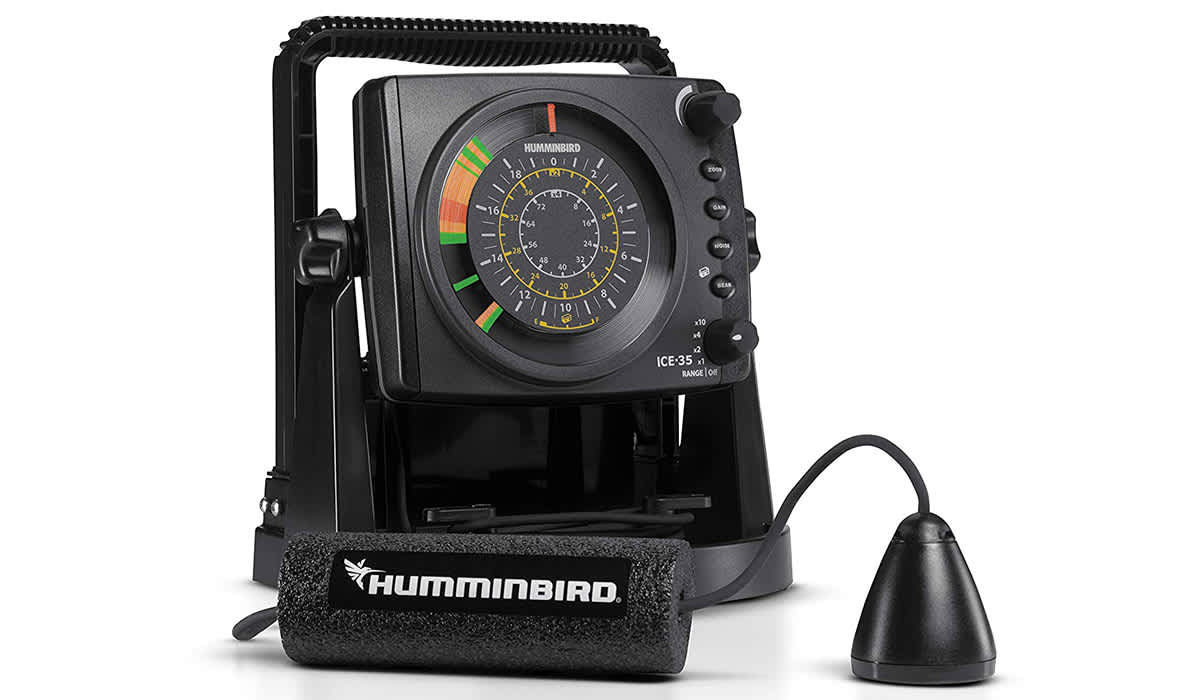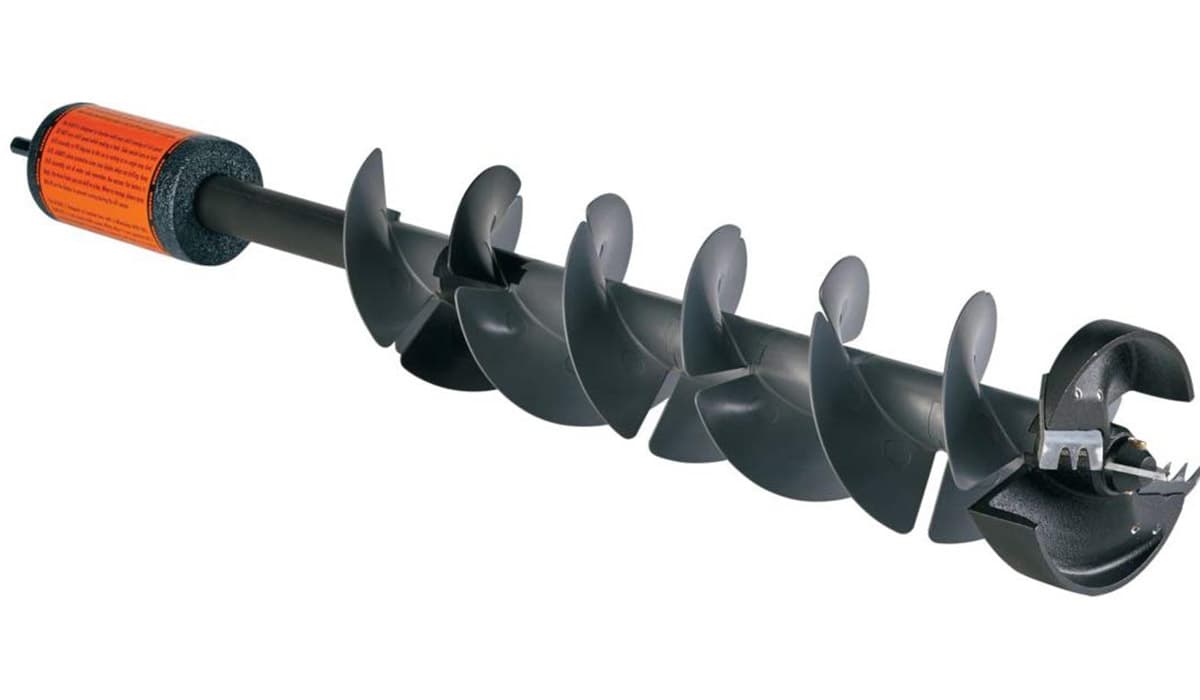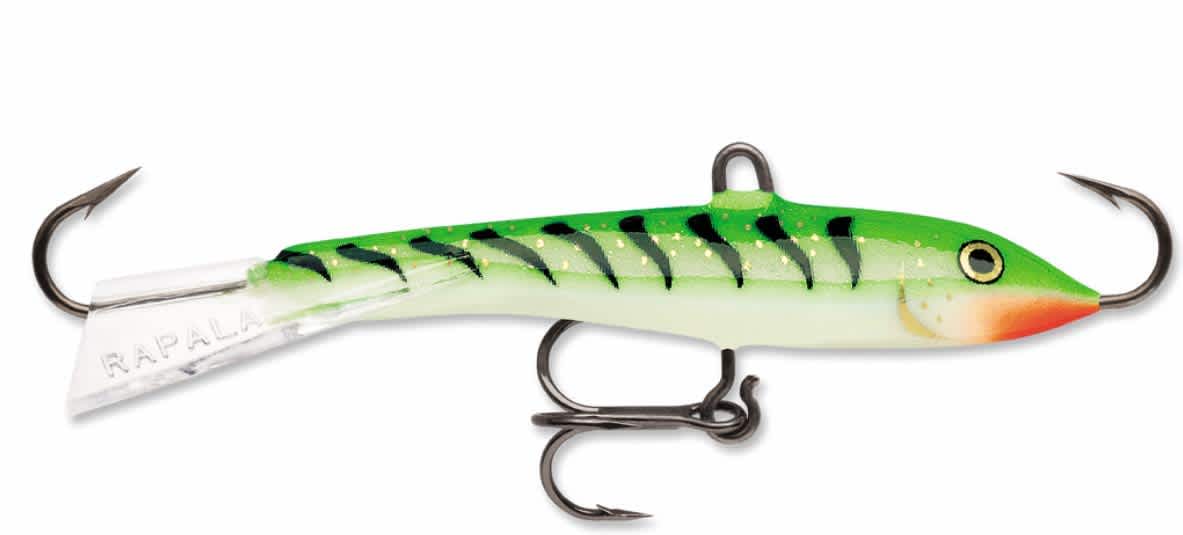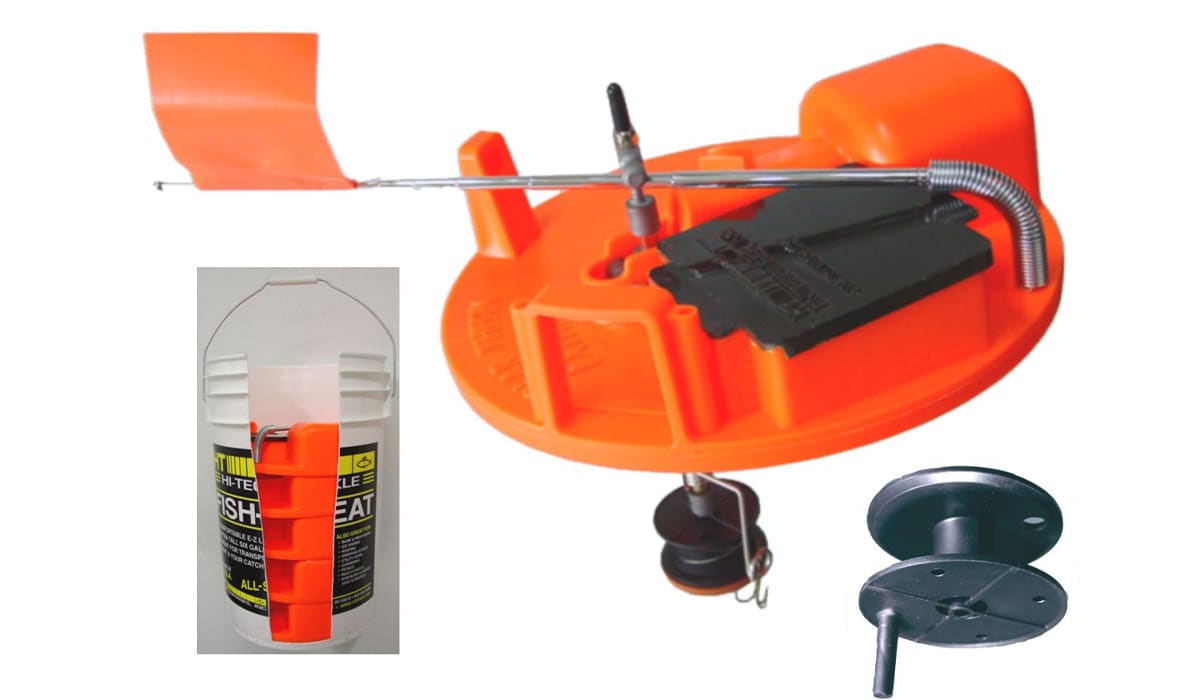Late Season Ice Fishing Tactics for Big Fish
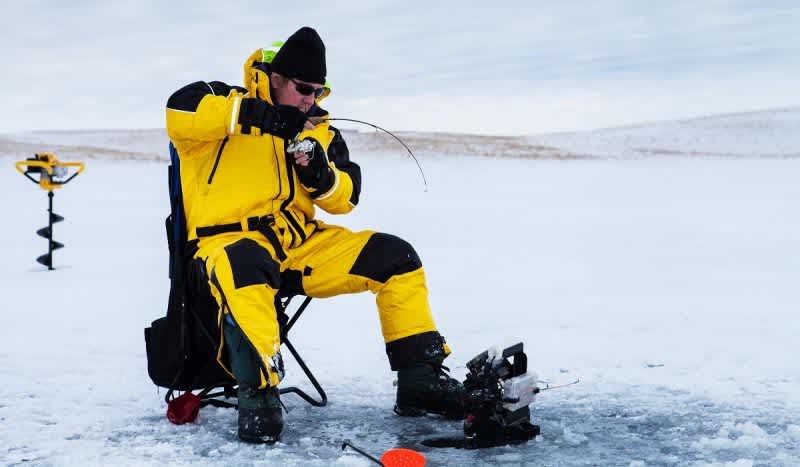
1. Good Electronics
You need to be on the fish. There are lots of electronics for fishing, but when it comes to fishing on the ice, it’s hard to beat a flasher. If you’ve never used a flasher, they are very user friendly and easy to get used to using. It’s a super easy and quick way to find out if what you’re doing is working. There are a lot of them on the market. Big names like Vexlar and marcum have multiple models to choose from. Humminbird has their own line, as well as GPS-enabled fish finders that transfer from your boat to the ice. Pick the one that best suits your budget and needs. Works best when jigging, as you can actually see your jig and the strike before you feel it.
2. Augers
Drill a lot of holes to find the fish. I tried an 8-inch K-Drill a couple years back and have been sold on them ever since. They are lighter and drill holes super fast using my cordless drill. Other auger types include gas, propane and electric. Other brands have auger drill bits, too. The key thing to keep in mind here is that you’ll have to be prepared to drill a lot of holes in order to get on the fish, and the ice will generally be thicker and denser later in the season. if you go with an electric drill, like an auger bit, or one of the new battery driven augers, make sure you take a fully charged battery and have a spare with you, too. With a gas-powered auger, I always liked starting it up every 30 minutes or so, just to keep it easier to get going when I needed to move to stay on the fish.
3. Getting Jiggy
When I start out the ice season, I use a lot of smaller jigs and smaller bait. By the later stages of the ice season, I’m using much bigger baits. I fished a few years back with a guy who, during the rest of the year, fished the pro walleye tour. On the ice, he got me using larger bait later in the season. We fished right next to a group of guys jigging teardrops tipped with small minnows, and we were pulling in Extremely nice fish using baits that were at least 50% larger than they were. If the fish are hitting jigs, go to a size 7 or 9 Rapala. Going to a bigger size works because late season fish are often pretty hungry. Presenting them with larger baits helps entice the strike. If you’re running tip ups, let the fish run longer than normal, too. Big walleyes like big minnows. They’ll hit them, run a ways. Stop and then run a little more before starting to swallow the bait. That’s when you set the hook.
4. Tip Ups
Running tip ups allows you to do several things. One, you can have more lines out and increase your catch rate. It also allows you to spread out and cover more water. It is also an effective way to got after big fish. I like thermal tip ups later in the season, as those bitter cold days can freeze a hole shut quickly. The thermal tip up keeps the hole open longer, making dealing with a fish, or checking the bait, etc., easier. Another plus is that they stack neatly into a 5-gallon bucket, making picking up and heading home easier.
Looking for information on the basics of ice fishing gear? Outdoor Hub has you covered!
How does late winter affect ice fishing?
One thing to consider is ice thickness. Even with the thickest ice, changes in barometric pressure, like right before a weather system moves in, will affect fishing. We often see some really big storms roll through late in the winter cycle, and these storm fronts can cause big swings in fish activity. Thicker ice can, however, have a harsher impact on the ecology of the lake. With thicker ice, less light penetrates, which can affect everything going on under the surface. Another key factor is oxygen level. O2 in the water impacts how the water sits, and turnover, which impacts where the most oxygen is in the water. The thing is, some lakes can have a severe oxygen depletion in winter, as the plant life isn’t producing anymore and decay from winter die-off pulls oxygen out of the water and in turn, kills the fish. It is always good to call for lake and fishing conditions if you can. Keep an ear out for tips on hot spots on social media and from your buddies and neighbors.
Do I need live bait under a tip up?
One tactic that has proven to work quite well for big pike late in the season is to use a dead or almost dead minnow. This strategy seems to work best for us when we know the structure that is underneath us. A nice drop-off works well. In the late season, there is a natural die-off of fish, usually due to stress and water oxygen levels. You can either jig a dead one, or run it under a tip up. Yes, a tip up with a dead minnow. The first time I ever tried it, it was out of desperation. All the pike minnows died on the way to the lake. So, do you not fish, or try it anyway? Of course we fished. We just set the tip up line a little higher in the water than normal and hoped for the best. We ended up chasing quite a few flags. Now, we always bring a couple dead ones late in the season and set at least one dead-head tip-up. We used some bigger minnows, and since they are dead, it’s ok to run a stinger hook right in the tail, which helps increase hook sets.
When do I set the hook with a tip up?
The answer to this really depends on what type of fish you have on the line. The old rule of thumb is that you wait until line stops peeling off the spool and then drop the hammer. I used to do this and on species like pike, it does work. However, I got the chance to fish with a true professional angler a couple years back and he showed me some fun tricks. Walleye under a tip up is my new favorite way to get on the big ones. They’ll hit your bait, run a ways just to get away from other fish, and then they’ll eat the bait. But you really need to wait to set the hook until they start moving again. This lets you know they’ve truly taken the bait and you stand a much better chance of getting a hookset.
We are committed to finding, researching, and recommending the best products. We earn commissions from purchases you make using the retail links in our product reviews. Learn more about how this works.

